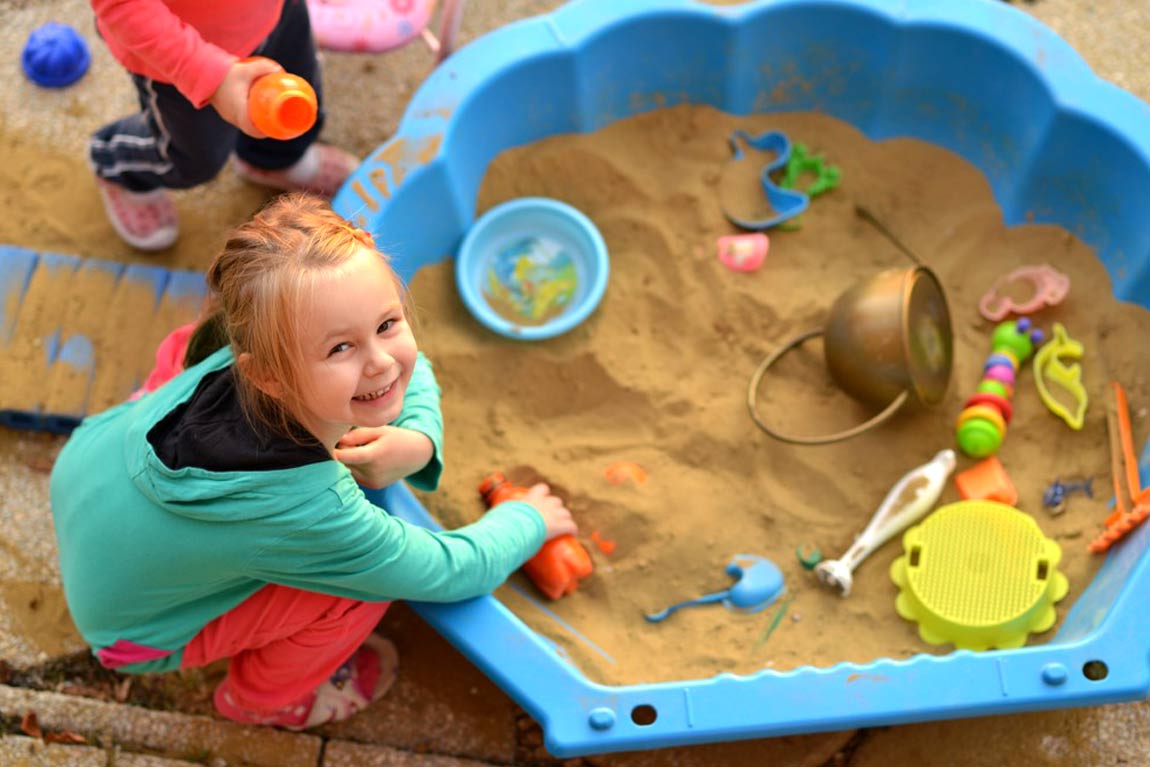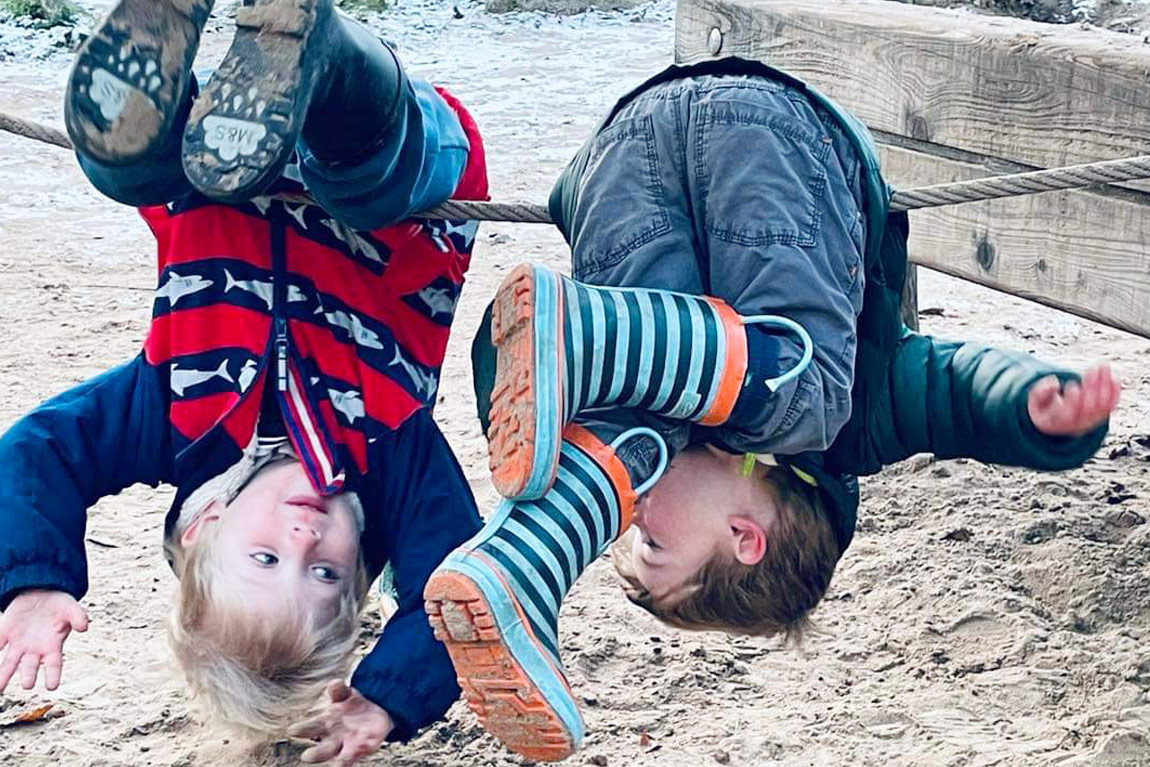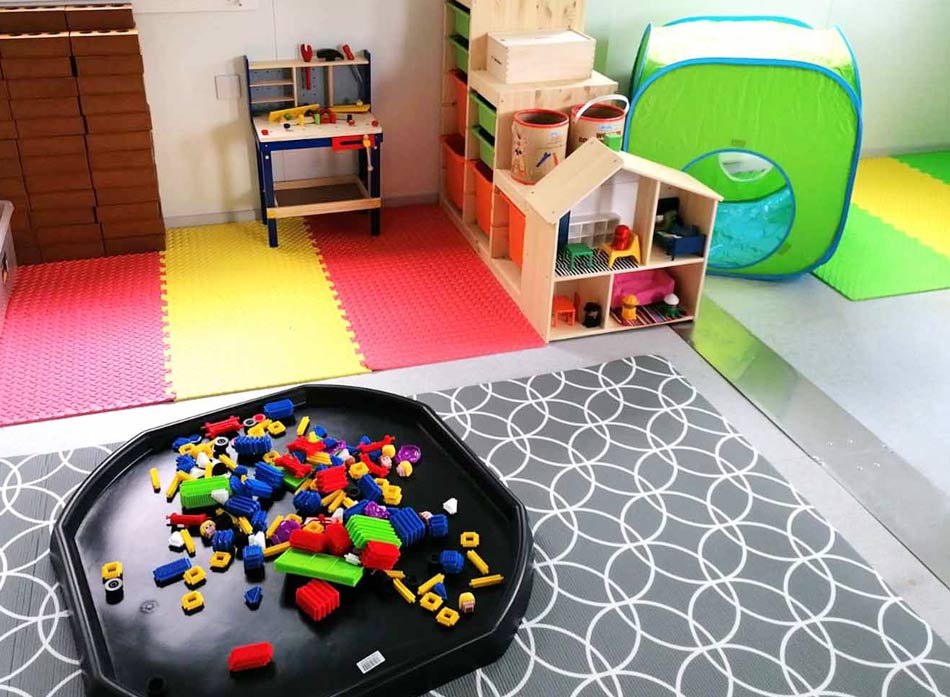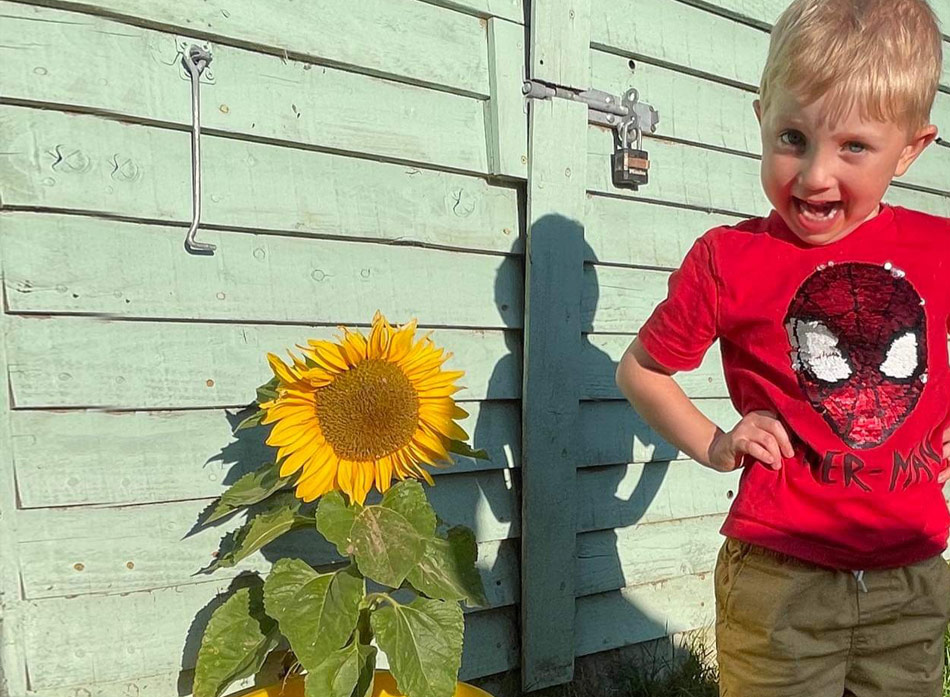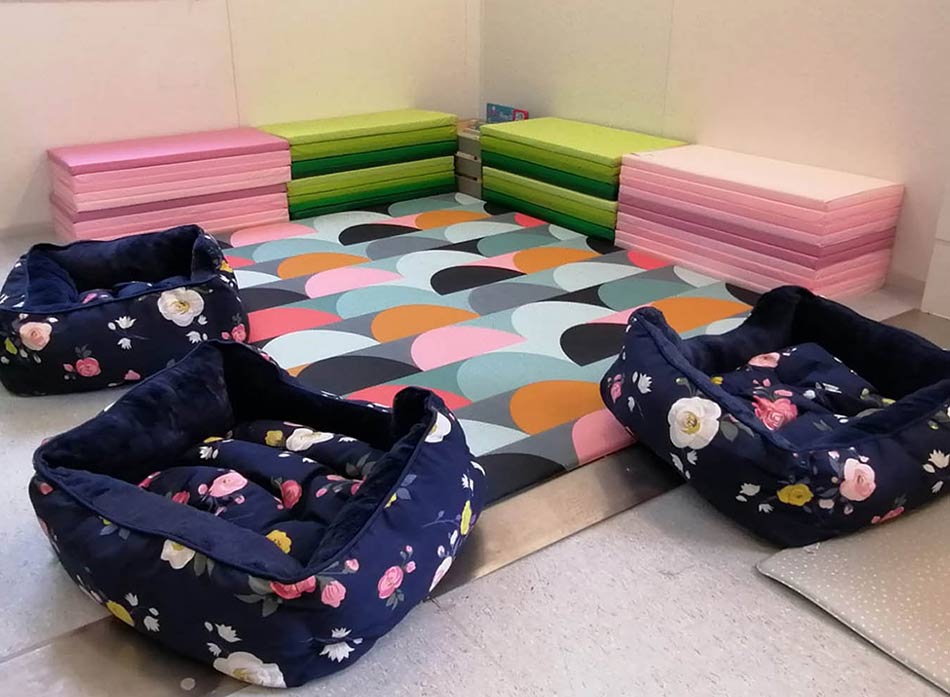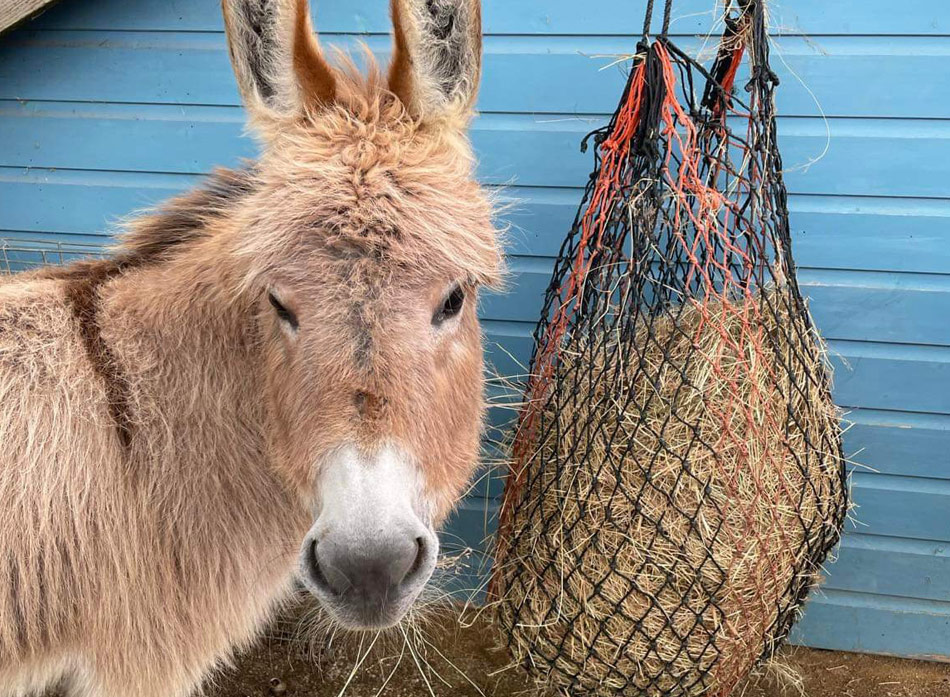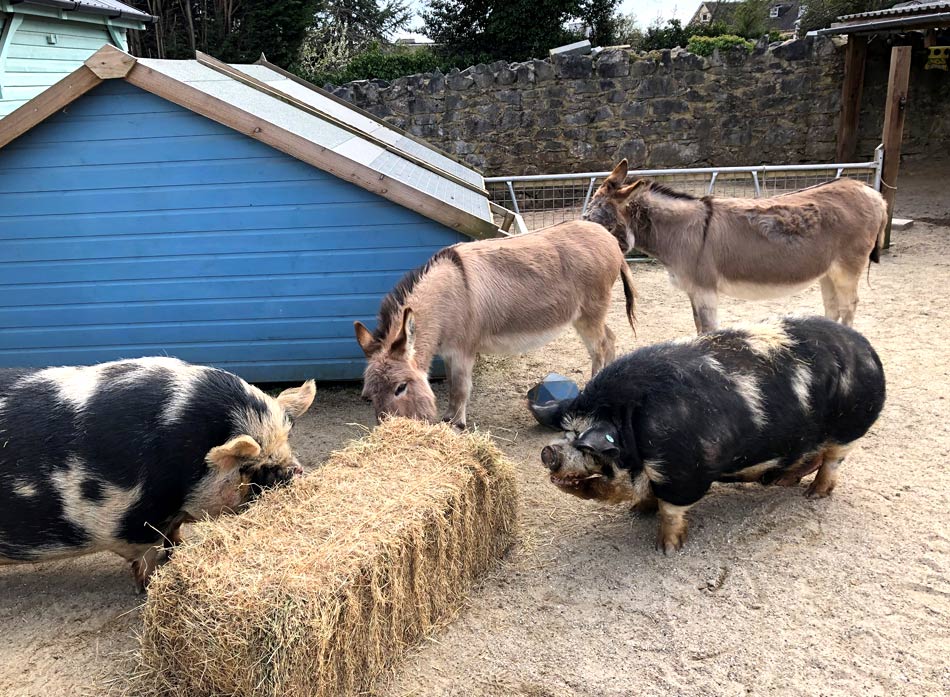
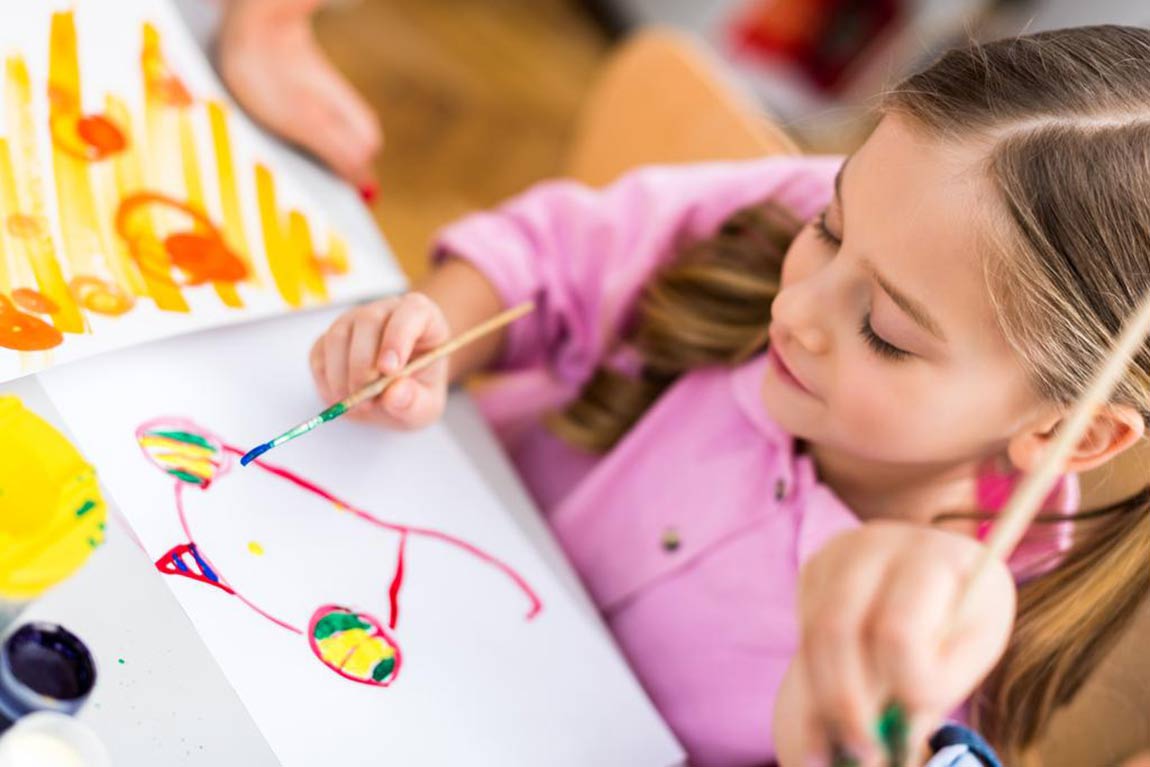

Our aim is to provide a rich, stimulating environment, to holistically promote a child’s development. The warm, friendly atmosphere generated by a happy, friendly staff will influence the emotional climate in which the children are being looked after.
This is our curriculum and intent and how we aim to provide teaching and learning for the children in our care, this is a changeable document which we evaluate regularly to adapt to our current children and ensure we are reflecting them in the curriculum.



To understand the importance of Physical Exercise
To enjoy a variety of ways of moving when inside and outside and gain more control over their whole body through continued practise of large movements. To use small and large motor skills to do things independently, and understand that they may feel differently after physical exercise i.e., tired, thirsty, hungry, or relaxed.
To build fine and gross motor skills
To explore their range of movement on a large and small scale. To develop fine muscles and hand and finger dexterity to begin to hold mark making tools in a tripod grip and create emerging writing. To kick a large ball, throw a ball and develop balance and core strength to ride a bike and scooter.
To display care for others, begin to understand compassion and build relationships
To be a caring friend, display kindness and be helpful. Develop empathy and respect for other children’s feelings and play. To learn to take turns and share with others, developing acceptance of behaviour expectations.
To have a love for books and rhymes
To engage with stories and rhymes learning familiar phrases, repeated words, rhymes, and actions in rhymes which they enjoy. To look through books independently and with others, learning what text is and begin to retell the stories themselves with enjoyment. To act out the stories within their play, leading to a lifelong love of books.
Be creative and enjoy mark making
To enjoy joining in with a range of creative play and to explore with a variety of media and materials, using a variety of tools to explore patterns and colour mixing. To feel a range of textures and explore with their senses. To develop control over tools and create on a large and small scale. Developing the confidence to select resources independently to support their creative skills and ideas.
To express themselves freely and appropriately
To feel able to talk freely about their emotions and feelings expressing these in an age-appropriate way with the support from staff. To be able to name emotions and have developed strategies to deal with these when they feel overcome by them, with the support of their key person. To have an area that they can feel safe and calm within the room to talk openly with staff and each other about their views and opinions.
To be curious and find exploration wherever they go
To display curiosity about the world around them, observing the little things and explore and find out how things work. To learn about nature, explore planting and mini beasts and the joy of the natural world and how it changes overtime with growth and seasonal change.
To build resilience
To learn to see challenge as a way of developing new skills, to bounce back from difficulties and build the resilience to always keep trying. To find ways of solving problems and set their own challenges. To learn how to develop strategies of conflict resolution amongst their peers and resolving challenges independently.
To be a valued member of their community and respect their own
To learn about the world around them and explore similarities and differences between themselves and others. To learn about their local community by taking trips out and learning about how to care and respect it.
To place things away when they are finished and respect their belongings. To explore other cultures and how we celebrate those who practice and celebrate them.
To be a confident communicator
Develop communication to form trusting and open relationships with each other and staff so they can communicate freely, express their wants, and needs and are able to ask for help. To learn to listen 1:1 and in a small group. Begin to use simple sentences, ask questions, and engage in conversation with others. Learning to share ideas with others within their play from their own experiences.
Using mathematical concepts and language in play and everyday experiences.
To be confident to use the language of size and measure, developing mathematical ideas in all activities. To be confident with number, saying number names and comparing amounts; does this have “more” or “same” Display an interest in number problems and explore pattern and select shapes appropriately.




